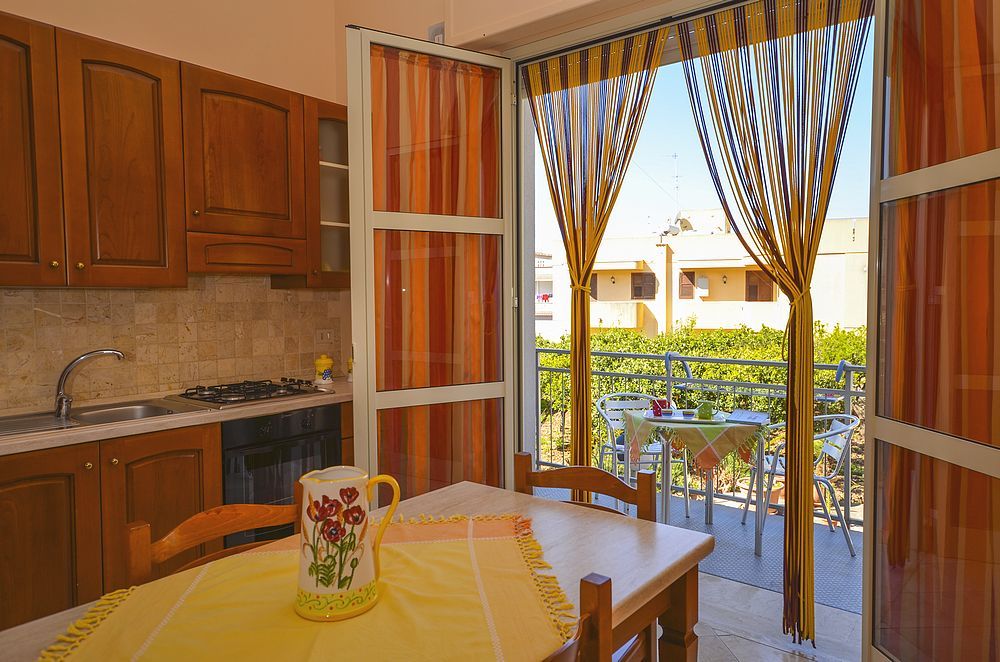Origin of the December 13th celebration in Sicily
December 13th, in Sicily, is a very special day, because it celebrates Saint Lucia, protector of sight. Sicilians love to remember the Saint by dedicating a typical traditional dish to her: cuccìa.
But why do we eat cuccìa in Sicily on December 13th?
The origin of this culinary tradition is linked to the story of a young aristocrat named Lucia, born in Syracuse around 281, under the government of Diocletian. Orphaned by her father, Lucia received a Christian education from her mother and decided, in her heart, to devote herself to the love of God by renouncing marriage to a young pagan.
Lucia keeps her secret and continually postpones the wedding date, but in the meantime her mother falls ill. Desperate, the young woman invokes Saint Agatha to heal her mother and the Saint, patron saint of Catania, appears to her asking her to remain faithful to her vow even at the cost of her life.
Once her mother is cured, the girl is forced to reveal her secret to her: she will never be able to marry again, but the young suitor, furious, takes revenge by denouncing Lucia, as a Christian, to the prefect of Diocletian.
Serene and determined not to renounce her faith, Lucia always emerged safe from the tortures she suffered, until, on December 13, 304, the young woman was beheaded.
The cult of Saint Lucia has a large following throughout the island, her name “Lucia” derives from the Latin lux and this is the reason why she became the protector of sight.
His body, however, is not in Sicily, but in Venice, where it arrived in 1204 brought by the crusaders. A Byzantine general had in fact stolen it from Syracuse to the East in 1039.
But let's get back to the cuccìa, why do we eat it on December 13th?
This is a more recent story.
In 1646, under Spanish rule, the city of Syracuse was struck by a terrible famine. The situation was dramatic, but on December 13, a ship loaded with wheat arrived in port. The city was saved.
The wheat was boiled directly and distributed to the population, now exhausted. On that occasion, the Syracusans made a promise: they would no longer eat bread and pasta on the day of Saint Lucia, but only cuccìa.
The tradition spread throughout Sicily, and since then, from Trapani to Palermo, from Syracuse to Messina, December 13th has been a flowering of recipes based on boiled wheat.
Cuccìa with cooked wine, with ricotta and candied fruit, with blancmange or with legumes...
On this day when most people don't eat bread or pasta, there are many arancini with unexpected fillings and many panelle.
Basic recipe for making Cuccìa
500 gr. of durum wheat
orange peel
bay leaves
cinnamon
salt
For the cooked wine dressing
Preparation:
You need to soak the wheat in cold water (with a little salt) at least 24 hours before cooking. Cook the wheat for at least 5 hours, adding cinnamon, bay leaves and a little salt. Let the cuccìa cool in the pot.
Once the cuccìa has cooled, you can season it with cooked wine, according to the Trapani tradition, or with sweetened ricotta, in the Palermo style.
But there are many variations, depending on your taste you can add honey, chocolate or cream... in any case your cuccìa will be delicious!
Happy Saint Lucia to everyone!




.jpg)



_7448.jpg)
